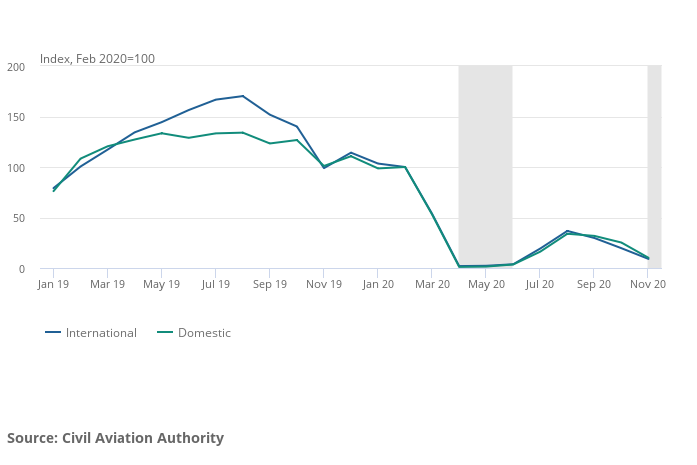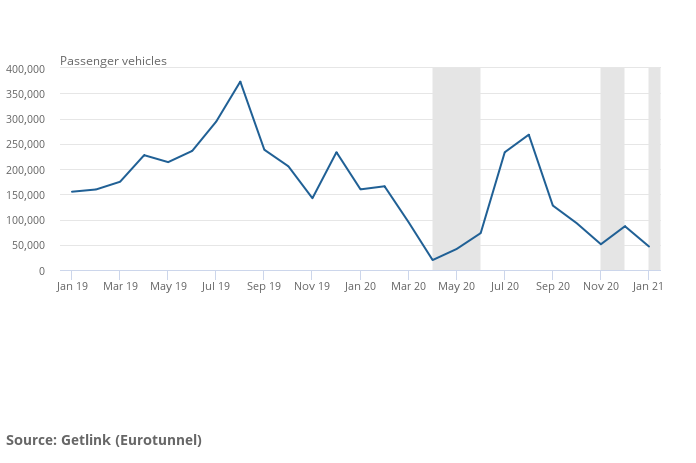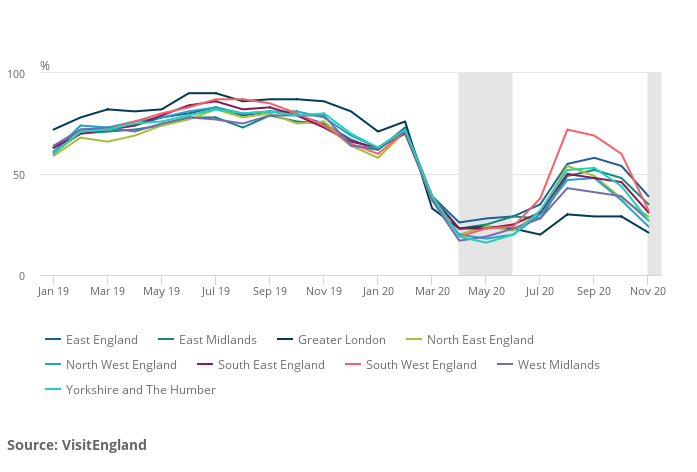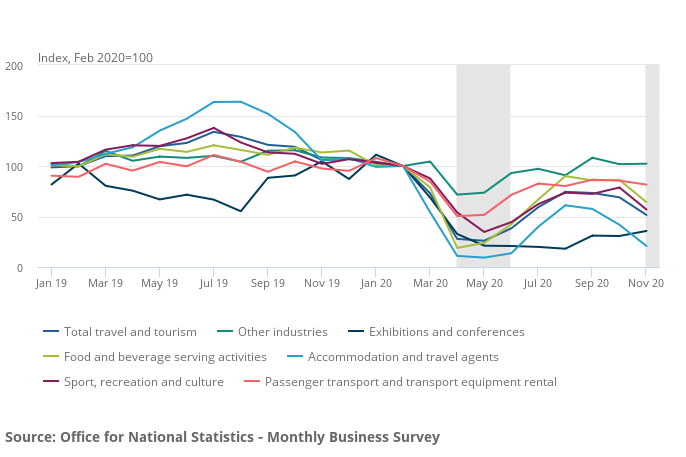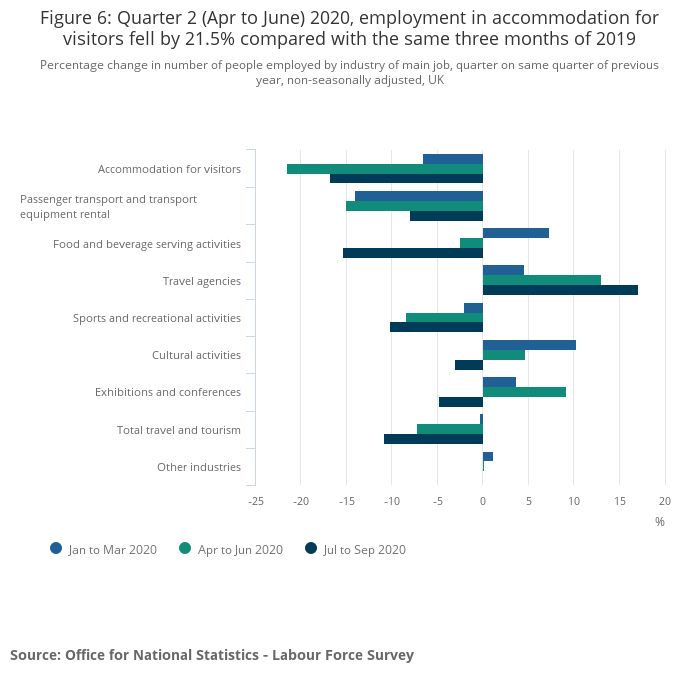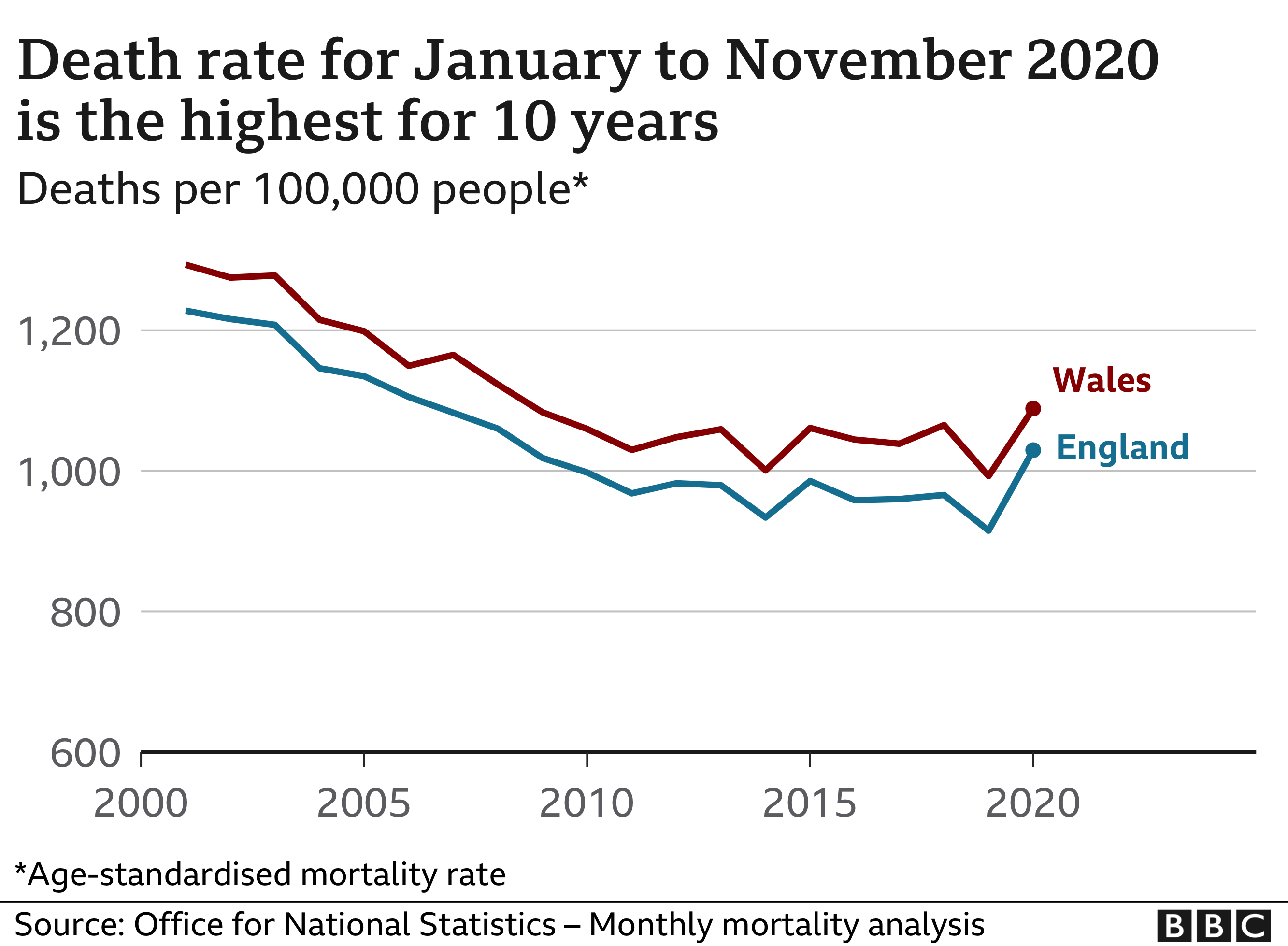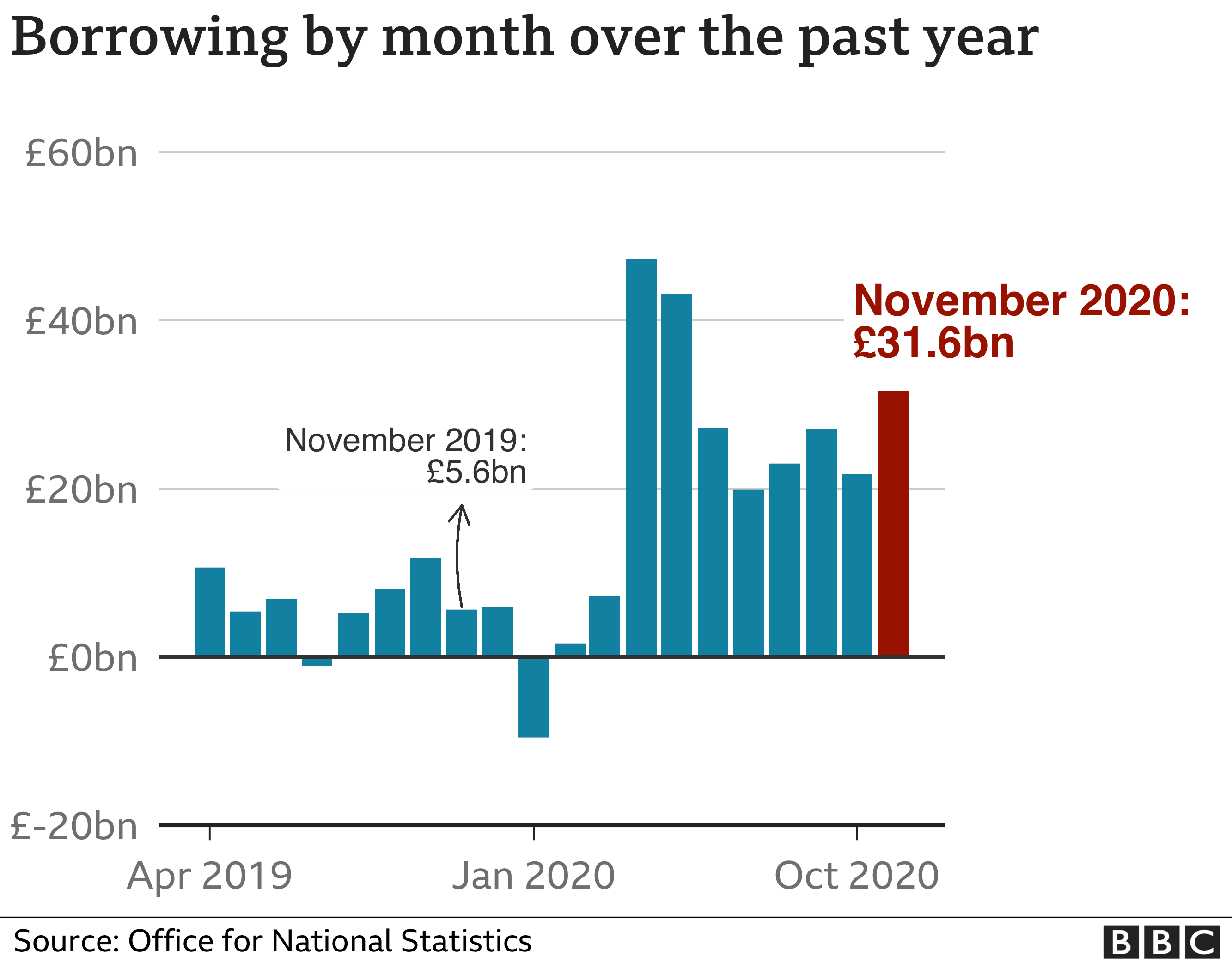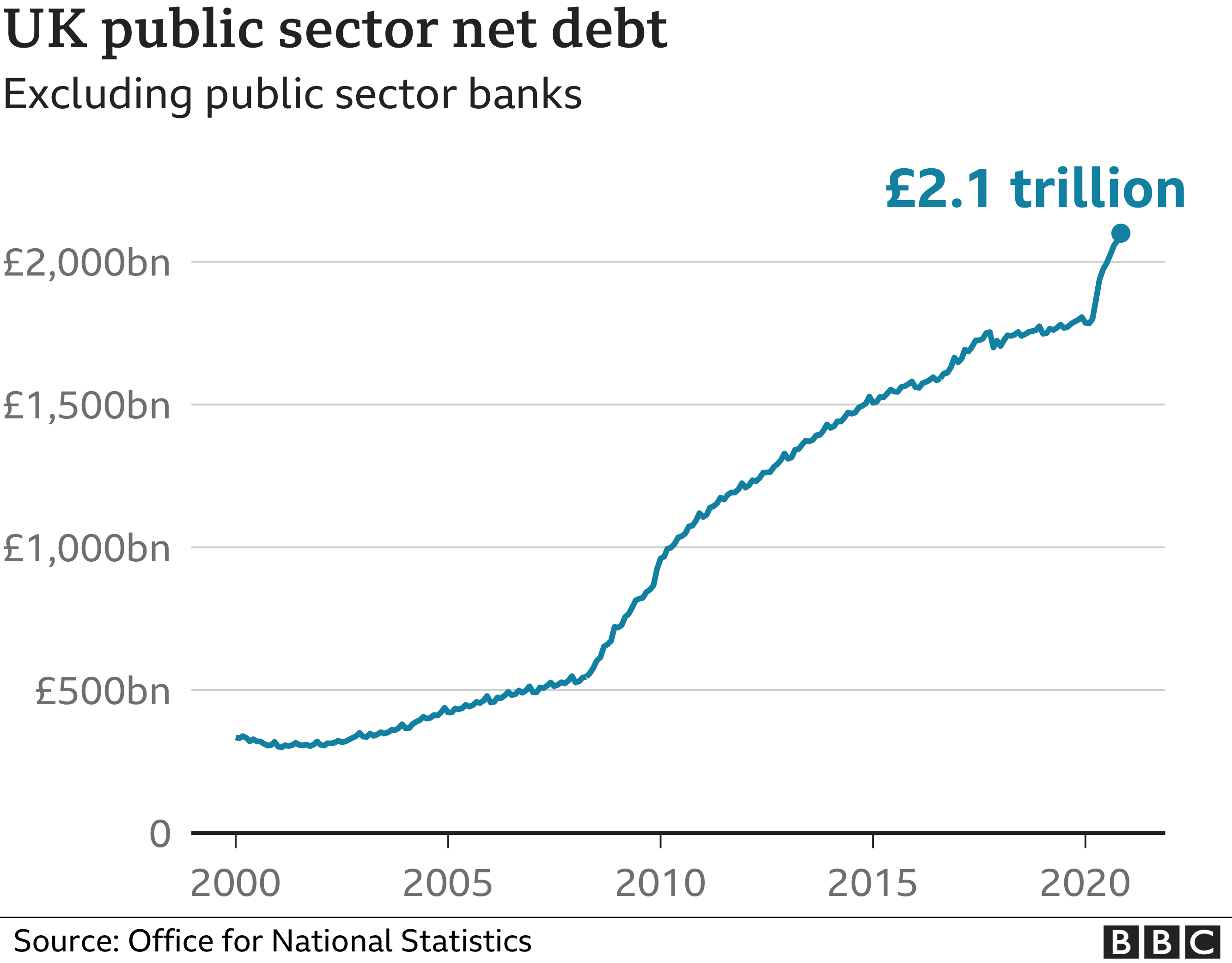The case for the prosecution of Johnson is likely to be heard in a parliamentary inquiry (with Dominic Cummings as the star witness) which should bring scrutiny of the Imperial College cliff-edge hypothesis. This suggests that Covid cases surged every day until lockdown, so Prime Ministerial dither cost thousands of lives. Only when he eventually agreed to lock down on March 23, says Imperial, did cases collapse. This theory is one of the most influential ever deployed in government – and now looks as if it could be bunkum.
We don’t have to guess anymore, given how much Covid data exists. The ONS, Zoe/King’s College, the React-2 study run by a different team at Imperial: none support Neil Ferguson’s cliff-edge theory. All show Covid cases falling before lockdowns. So what forced the virus into retreat, if not stay-at-home orders? We can look at another form of contagion: news, spread digitally. People saw how things were getting dangerous and stayed home of their own accord. This is more than theory. Mobile phone data offers rich detail of this worldwide trend.
https://www.telegraph.co.uk/news/2021/05/13/really-need-inquiry-sage-forced-britain-lockdown/
